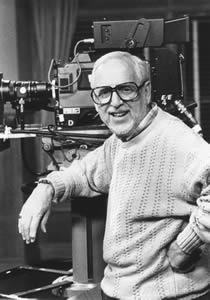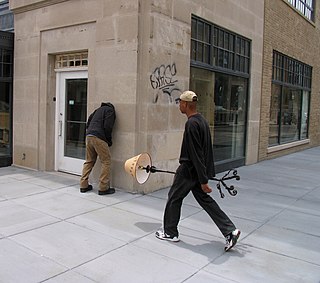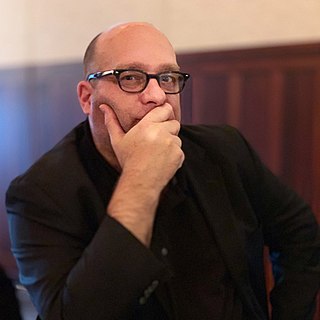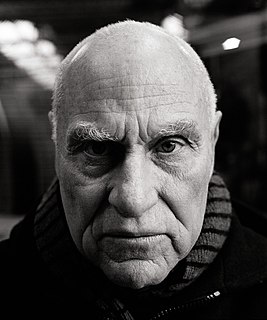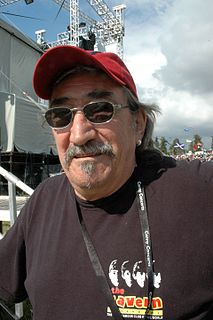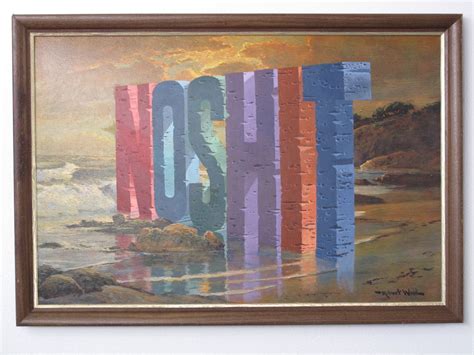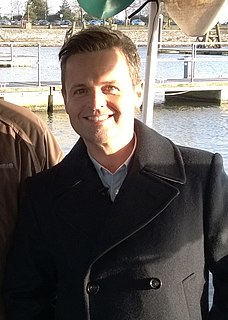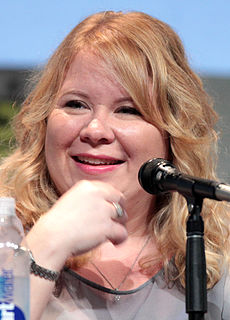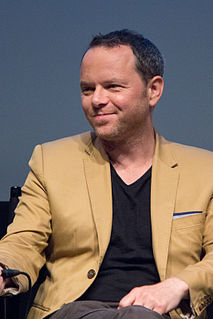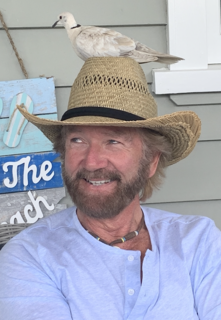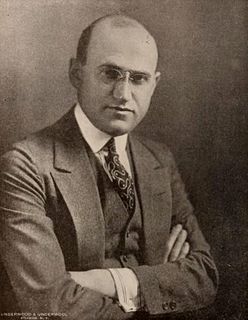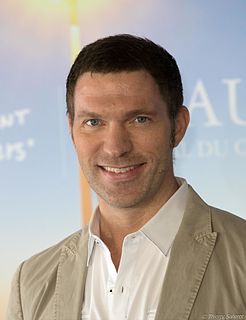A Quote by David L. Wolper
Some psychiatrist told me I was interested in sculpture because I dealt in flat surfaces and needed something with dimension.
Related Quotes
To me it is no mystery that we can only photograph effectively what we are truly interested in or-maybe more importantly-are grappling with. Often unconsciously. Otherwise the photographs are merely about an idea or a concept-that stuff eventually falls flat for me-there must be something more, some emotional hook for it to really work for me.
Because it's one of those things I never expected in my lifetime," he told me. "Like a comet. Or world peace. I'm just used to you being single." For some reason, that bothered me. "What, you don't think any guy would ever be interested in me?" Actually," said Adrian, sounding remarkably serious, "I can imagine lots of guys being interested in you.
I decided early in graduate school that I needed to do something about my moods. It quickly came down to a choice between seeing a psychiatrist or buying a horse. Since almost everyone I knew was seeing a psychiatrist, and since I had an absolute belief that I should be able to handle my own problems, I naturally bought a horse.
I'm interested in acting roles that I want to do, that are meaningful to me in some way. I think, because my kids are still pretty young, if something is meaningful and it's a good little part that I could do or feel that I can have fun with, then I'm interested in it. I'd like to be able to do a TV show or something and really have a voice in it.
The orthodox view of colour experience assumes that, when we see a colour difference between two surfaces viewed side-by-side, this is because we have different responses to each of the two surfaces viewed singly. Since we can detect colour differences between something like ten million different surfaces, this implies that we are capable of ten million colour responses to surfaces viewed singly.
